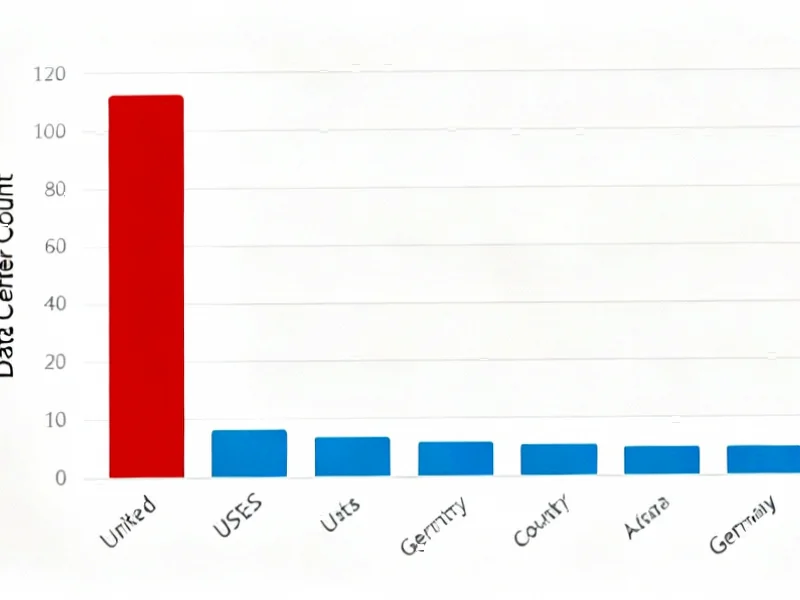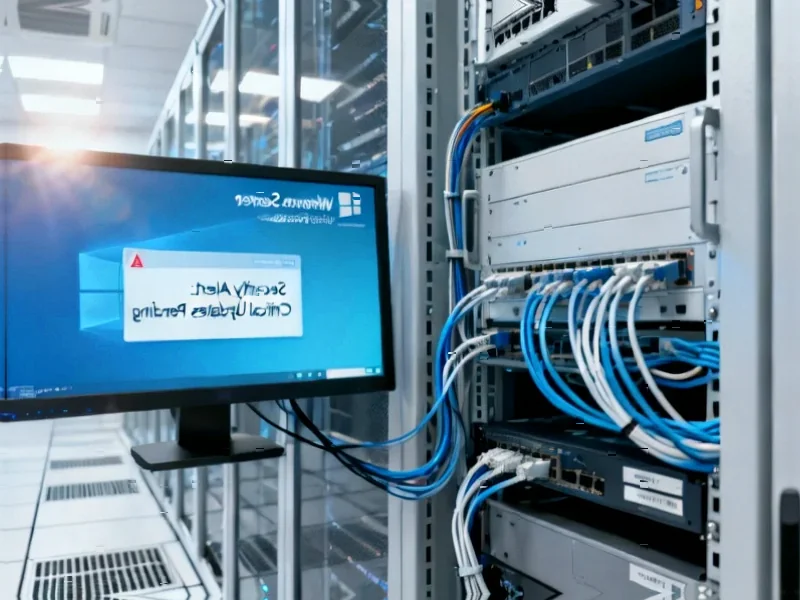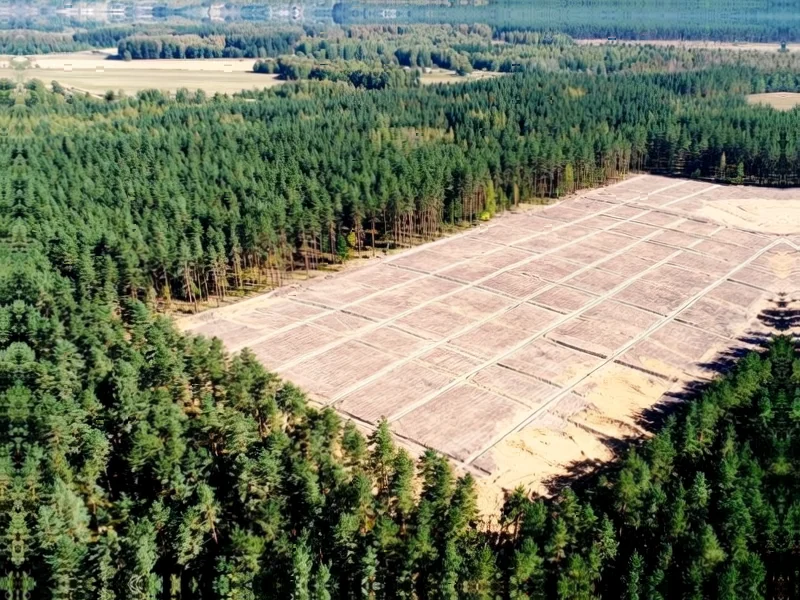According to DCD, Amazon CEO Andy Jassy revealed during the Q3 2025 earnings call that AWS added 3.8GW of data center capacity over the past 12 months, representing the cloud platform’s best quarterly growth figures since 2022. AWS achieved 20.2% year-over-year revenue growth in the last quarter, reaching $33 billion in revenue, while the company’s backlog grew to $200 billion by quarter’s end. Jassy emphasized that AWS has doubled its power capacity since 2022 and expects to double again by 2027, with another gigawatt coming online in Q4. The company also disclosed that its custom silicon business, particularly Trainium2 chips, has become a multi-billion-dollar operation growing 150% quarter-over-quarter, with Trainium3 expected to preview by end of 2025. This massive infrastructure expansion comes as the cloud computing landscape undergoes fundamental transformation.
Table of Contents
The Reality Behind GW-Scale Power Capacity
The 3.8GW figure represents an astonishing infrastructure achievement that goes beyond typical data center metrics. To understand what this means practically, consider that a single gigawatt can power approximately 750,000 homes. AWS essentially added the equivalent power capacity of a medium-sized nuclear power plant to its global footprint in just one year. This scale reflects not just physical building construction but complex electrical infrastructure, cooling systems, and grid connections that must be coordinated across multiple regions and jurisdictions. The data center industry typically measures capacity in megawatts, making AWS’s gigawatt-scale announcements particularly notable for their sheer magnitude and the underlying capital commitment required.
The Unspoken Competitive Dynamics
While Jassy correctly noted that AWS’s 20% growth on a $132 billion annual run rate differs significantly from competitors’ higher percentages on smaller bases, this comparison masks deeper strategic realities. Microsoft’s Intelligent Cloud revenue at $30.9 billion actually puts Azure within striking distance of AWS’s $33 billion, suggesting the gap may be narrowing faster than AWS acknowledges. More importantly, the cloud computing market is evolving beyond simple infrastructure services toward AI-driven workloads that require specialized hardware. AWS’s emphasis on Trainium chips and exclusive clusters like Project Rainier for Anthropic reveals a strategic pivot toward capturing high-value AI customers who might otherwise gravitate toward Nvidia-dominated ecosystems.
The Hidden Infrastructure Risks
This breakneck expansion carries significant operational and financial risks that weren’t addressed in the earnings call. The capital expenditure trajectory—projected to reach $125 billion for the full year, up from previous estimates of $100 billion—represents an enormous bet on continued AI demand that could prove vulnerable to economic downturns or technology shifts. Furthermore, the concentration of massive power requirements in specific regions creates grid stability concerns and potential regulatory challenges. The recent AWS outage that affected UK government services, while unmentioned in the call, highlights the operational complexity of managing infrastructure at this scale. As AWS continues this aggressive buildout, the company faces increasing scrutiny around energy consumption, environmental impact, and reliability.
Long-Term Strategic Implications
The doubling of capacity since 2022 and planned doubling again by 2027 suggests AWS is preparing for a fundamental shift in computing demand patterns. This isn’t merely about supporting existing cloud computing workloads but positioning for an AI-dominated future where computational requirements could dwarf current needs. The exclusive Project Rainier cluster for Anthropic, while currently unique, may represent a new business model where AWS provides dedicated, massive-scale infrastructure to strategic AI partners. This approach could help AWS maintain its leadership position while differentiating from competitors who lack equivalent custom silicon capabilities. However, it also raises questions about resource allocation and whether smaller customers might face capacity constraints during periods of peak demand.
The Human Capital Challenge
Behind these impressive numbers lies a significant human capital challenge that receives little attention. Building and operating infrastructure at this scale requires thousands of specialized engineers, data center technicians, and project managers—talent that is increasingly scarce across the industry. The physical construction alone represents one of the largest private infrastructure projects globally, requiring coordination across multiple continents and regulatory environments. As CEO Jassy leads this expansion, his team must navigate not just technical and financial challenges but also the human resource constraints that could ultimately determine the success of this ambitious buildout. The ability to scale both technology and talent simultaneously will separate market leaders from also-rans in the coming AI infrastructure race.



